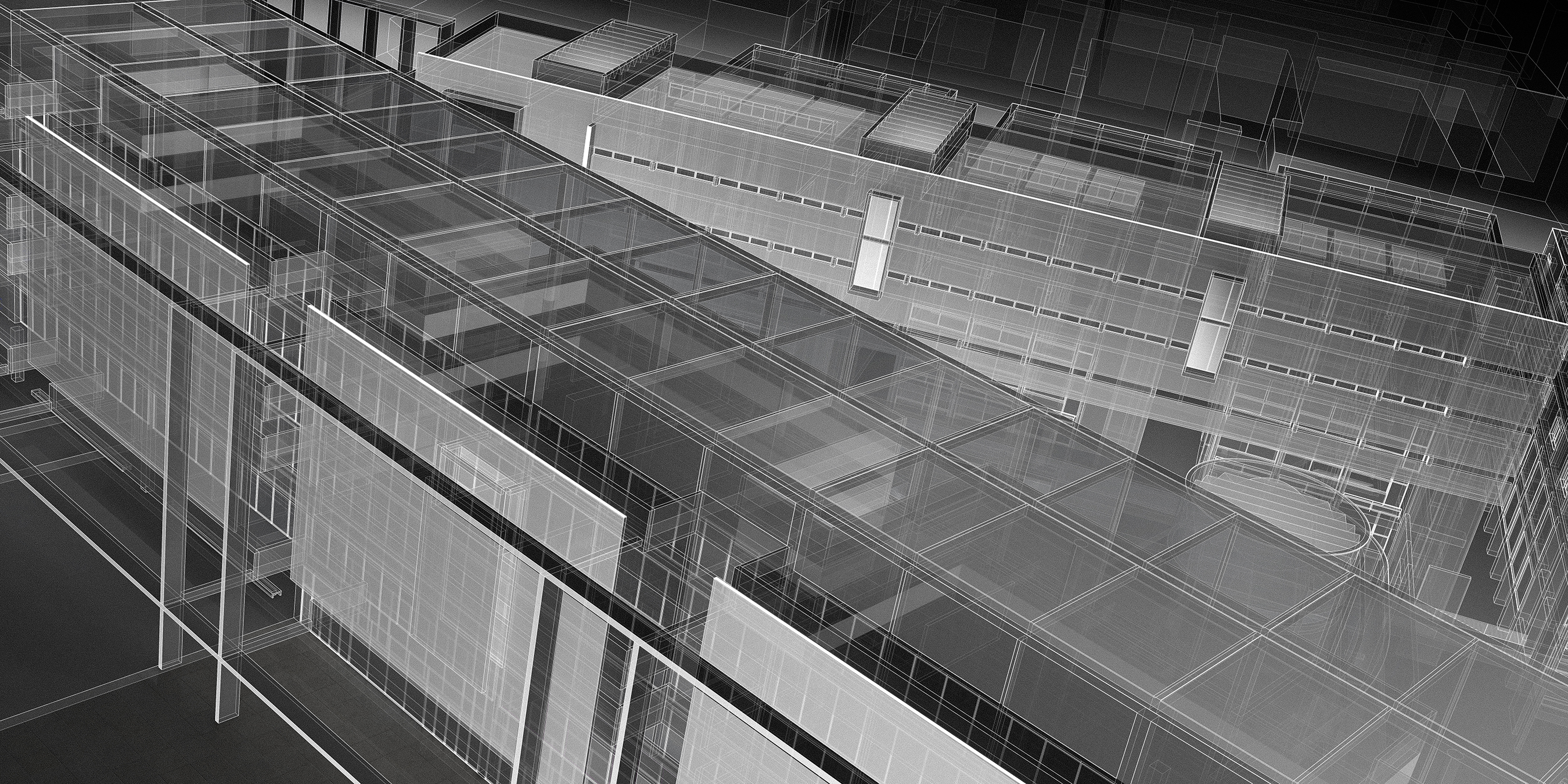
AMBASCIATA D’ITALIA A MOSCA
Architecture of Integration and Confrontation
ITALIAN EMBASSY IN MOSCOW
Fall 2016
Location Central Moscow, Russia
Instructor Richard Rosa
![]()
Fall 2016
Location Central Moscow, Russia
Instructor Richard Rosa




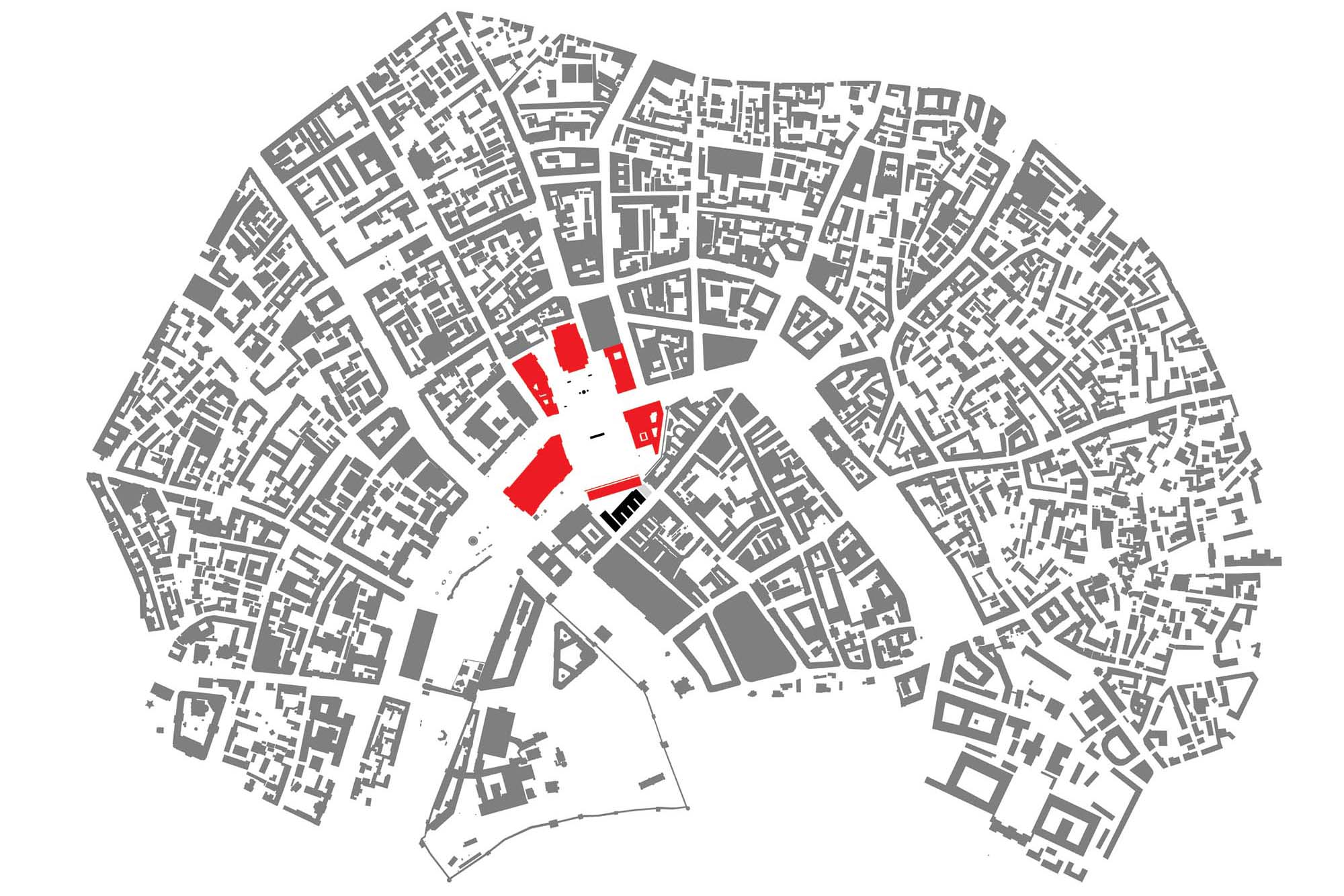

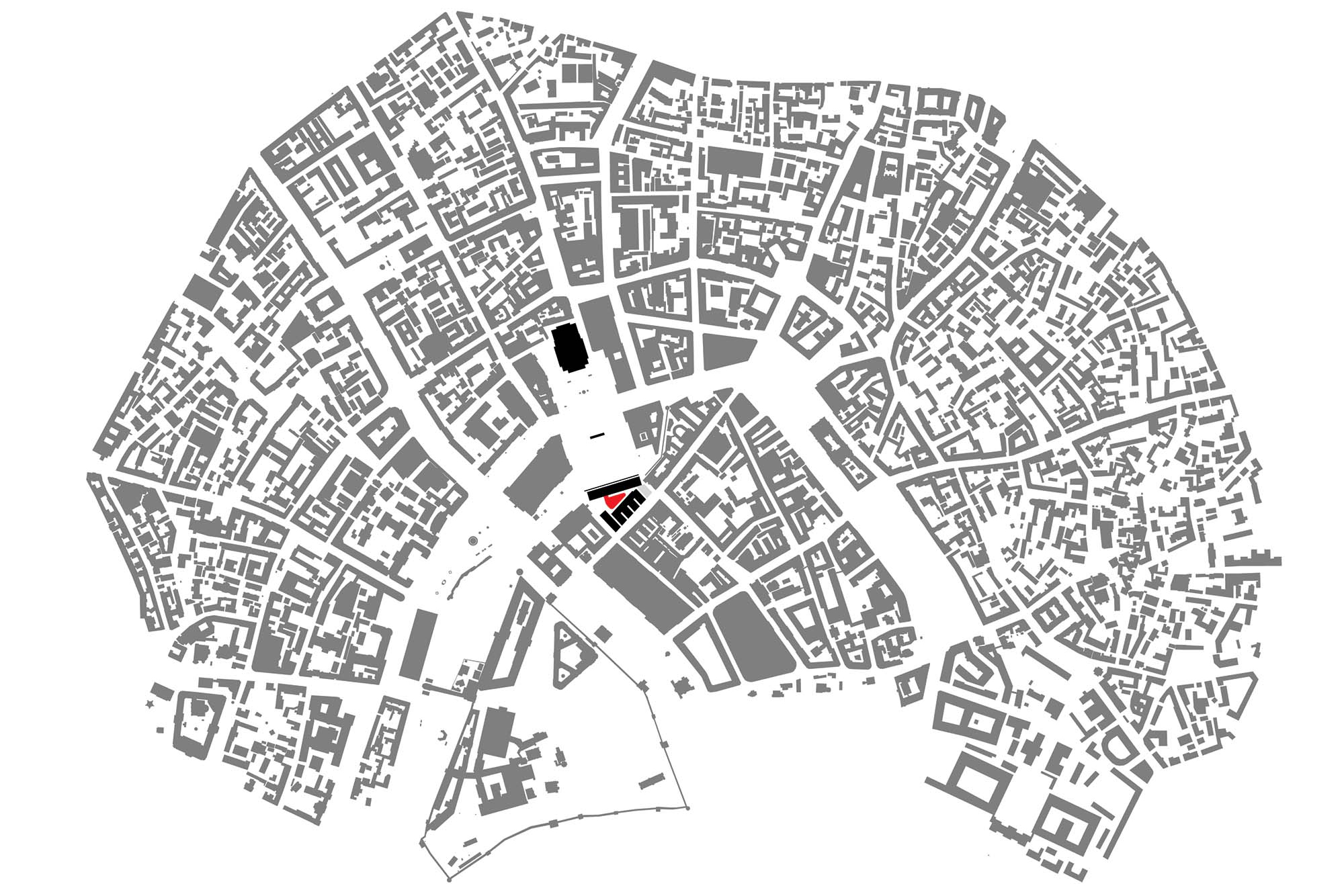



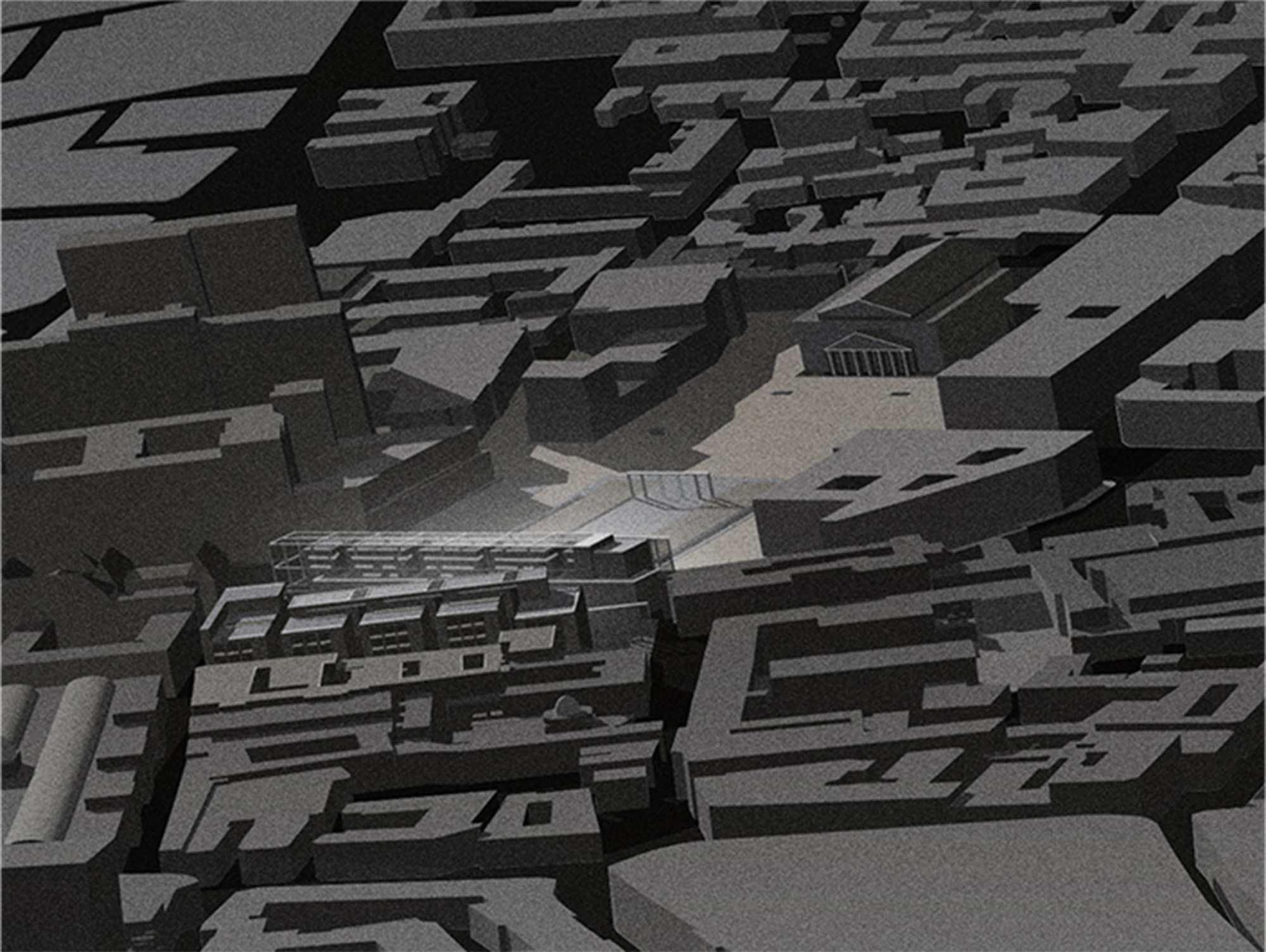
EMBASSY, ARCHITECTURE OF IDENTITY
The project proposed a new Italian embassy in Moscow - 500 feet away from the Kremlin - sitting next to the Revolution Square and straight facing the iconic old Bolshoi Theatre. The hypothesis of the project challenges itself to address the contingent relationships between urban experience and the public/private institution and interpret/translate/re-iterate an architecture of identity politically, linguistically, culturally, and architecturally. The typology of embassy is being critiqued, redefined, and recomposed relative to programmatic composition, tactile boundary, urban integration and architectural language as it relates to identity.
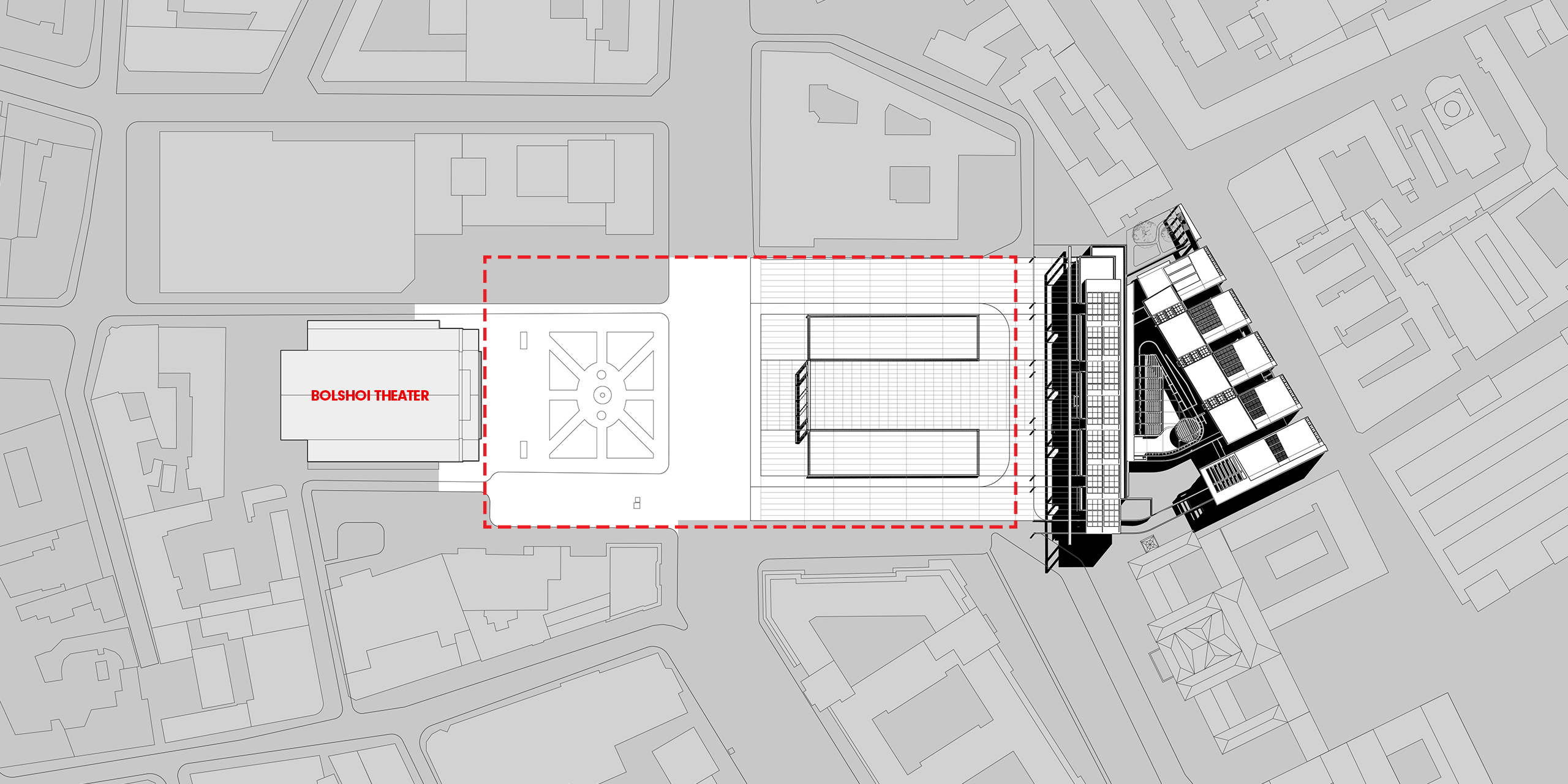
DEFINING A PIAZZA
Located in the center of the densely impacted context of Moscow, the new construct will inevitably engage with Moscow’s civic experience, its significant architectural figure, and the urban fabric closely surrounding it. SIted nearby the Kremlin, the Italian embassy is comprised of three parts dealing with a two-sided urban condition in which a large open field of spatial publicity and civic engagement (created by series of placements of buildings, which is always referred to as piazza in the Italian way) rests at front and a pedestrian street is delicately laid out at back. In an effort to embrace such challenge, the building poses itself as both a ‘camouflage’ and a ‘spectacle’ with regards to its propaganda property and celebration of Italian identity.
Located in the center of the densely impacted context of Moscow, the new construct will inevitably engage with Moscow’s civic experience, its significant architectural figure, and the urban fabric closely surrounding it. SIted nearby the Kremlin, the Italian embassy is comprised of three parts dealing with a two-sided urban condition in which a large open field of spatial publicity and civic engagement (created by series of placements of buildings, which is always referred to as piazza in the Italian way) rests at front and a pedestrian street is delicately laid out at back. In an effort to embrace such challenge, the building poses itself as both a ‘camouflage’ and a ‘spectacle’ with regards to its propaganda property and celebration of Italian identity.
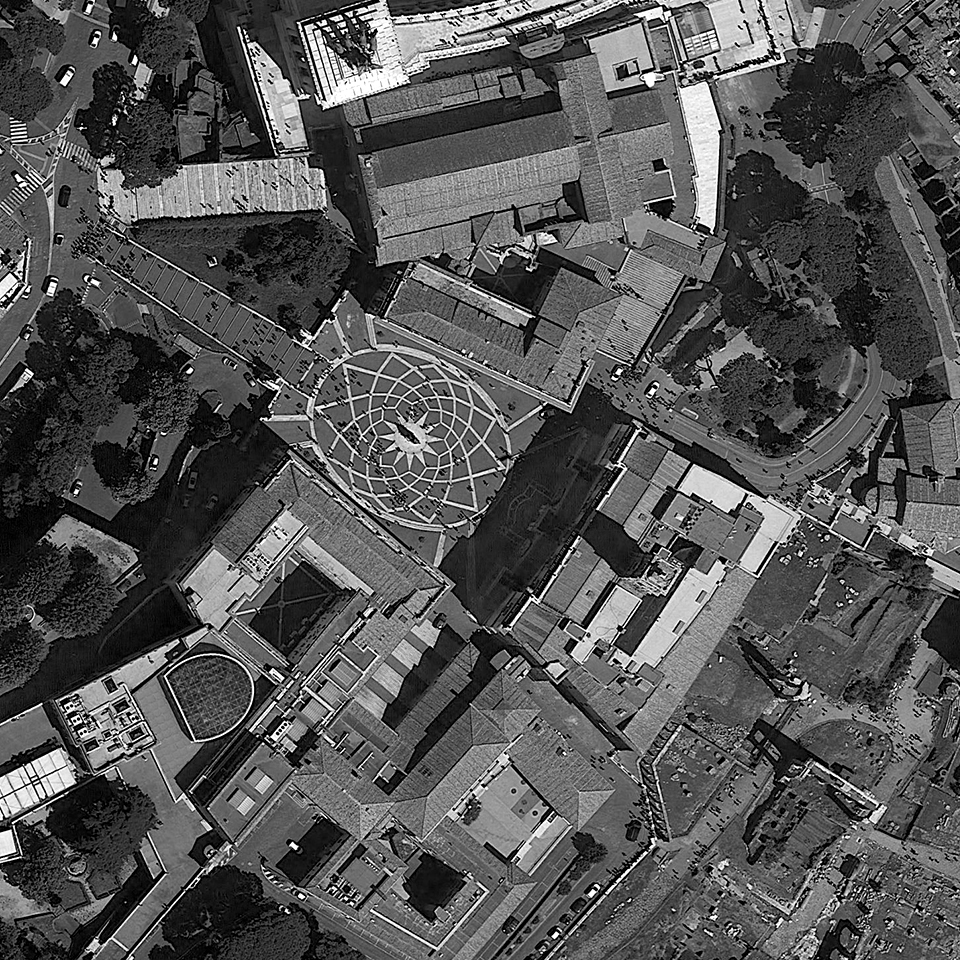


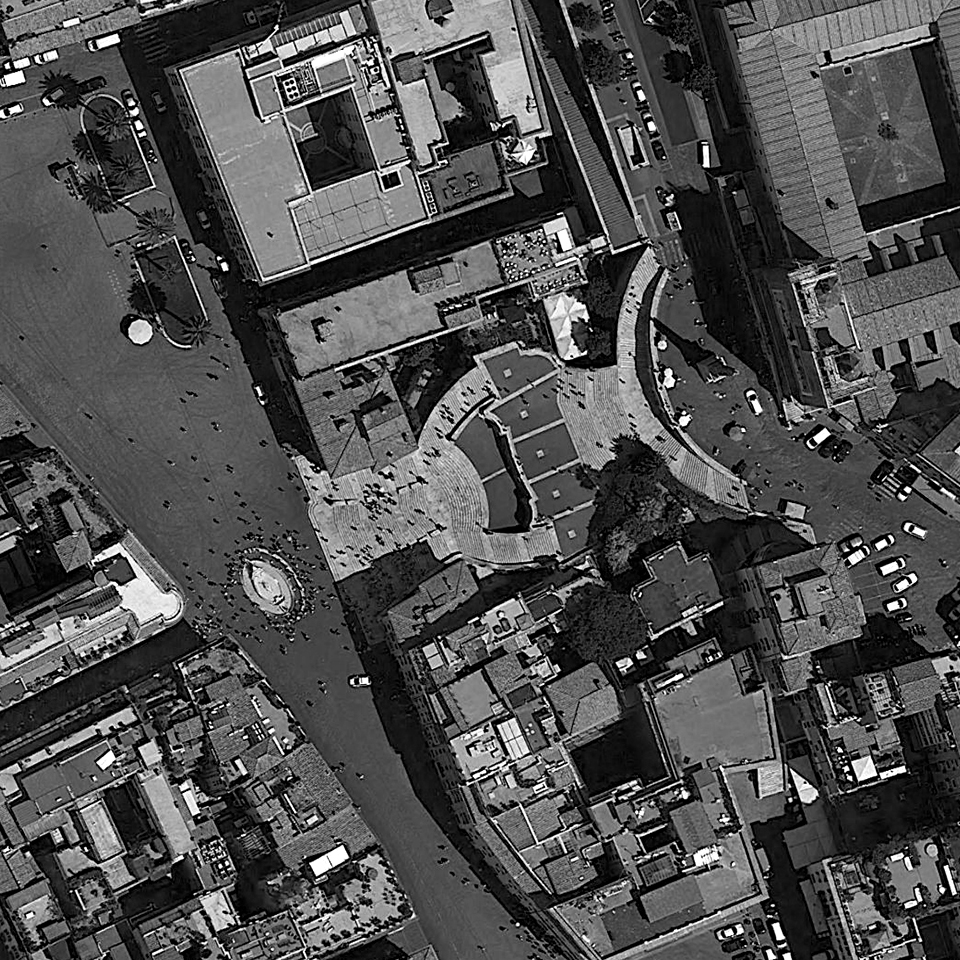

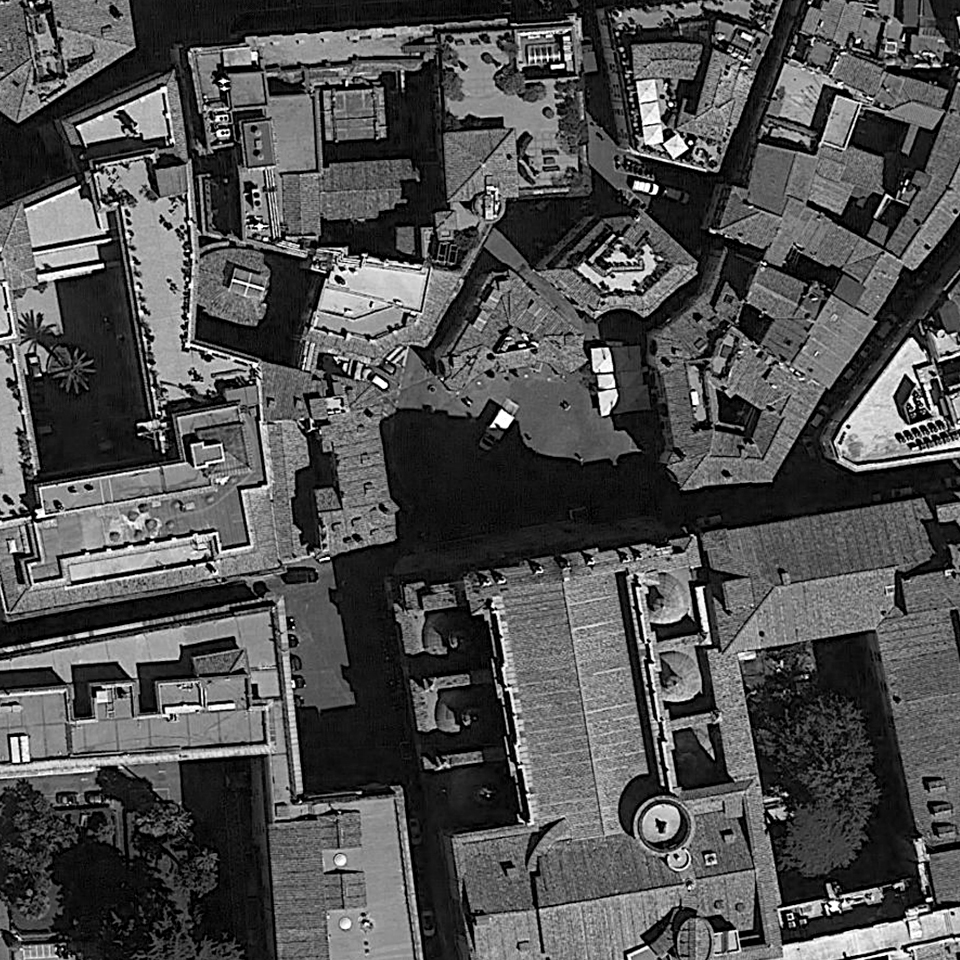




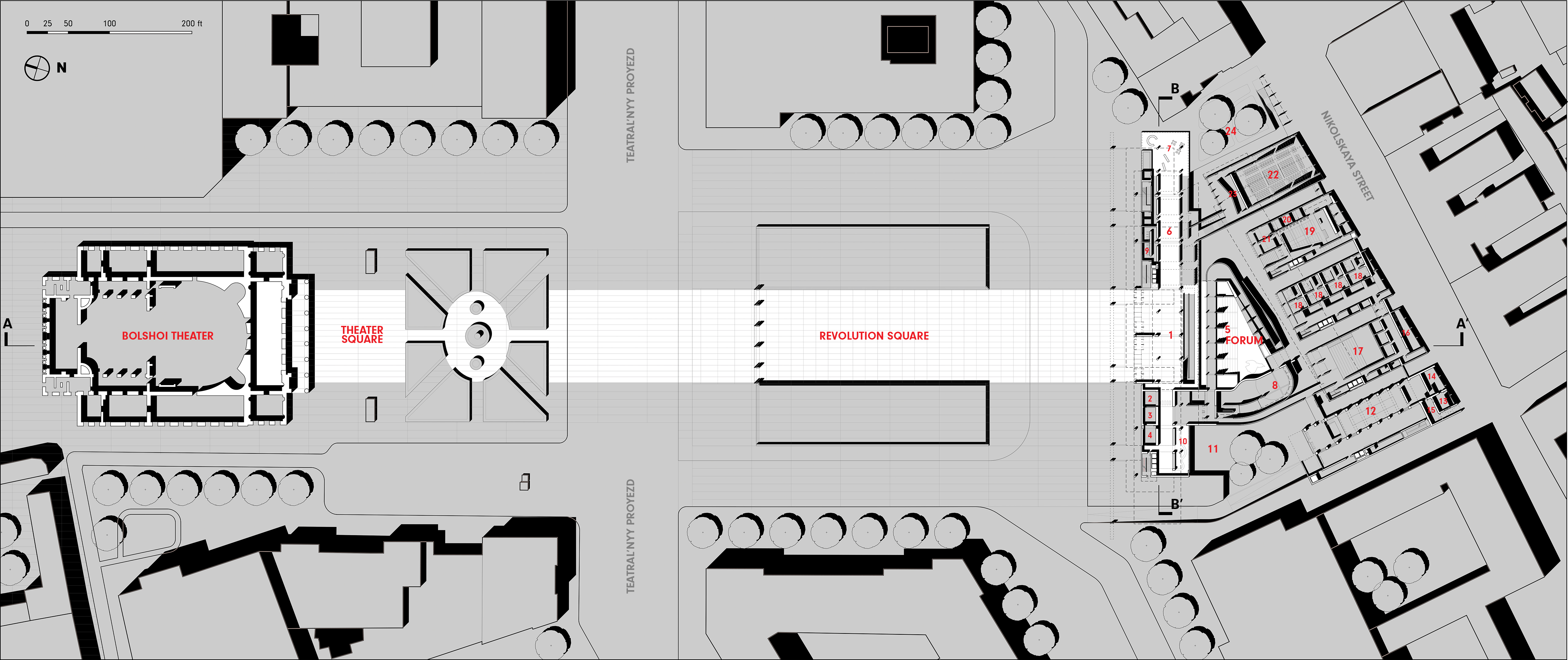

A CIVIC PASSAGE
The juxtaposition of two public monuments with strong frontalities naturally forms a connection inbetween. It gives the void space a direction. The placement of a portal in the center of the plaza announces the passageway from one of the oldest structures in Moscow representing enlightened ideology to a newcomer carrying promising liberal prospects.

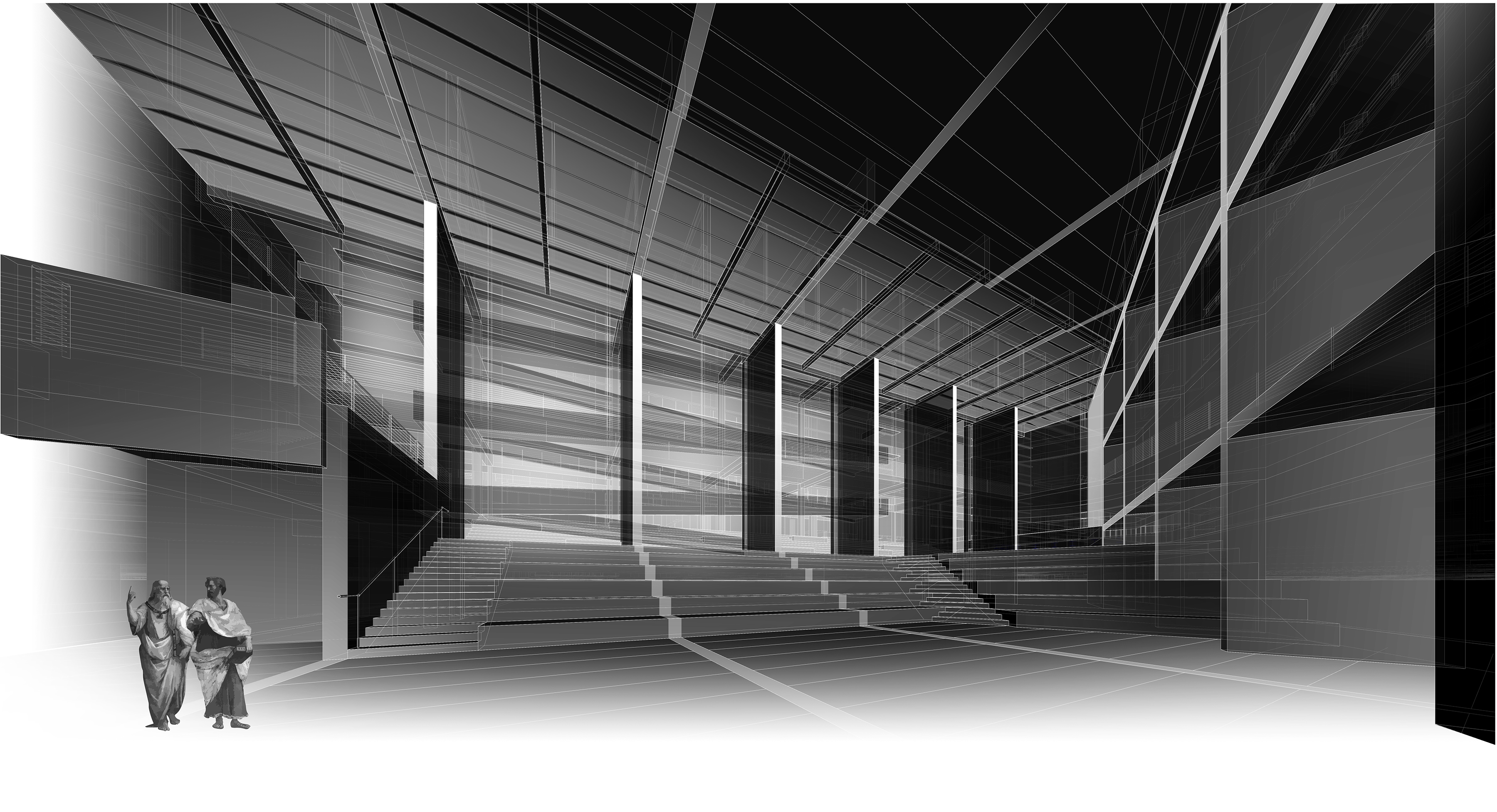
Forum
EMBASSY AS CULTURAL ICONThe embassy typology is unique among architectural classifications in that it intrinsically operates as cultural symbol raising automatic questions of identity and expression relative to context and sponsorship. Through its inherent act of being positioned as a dislocated architectural fragment of iconic significance, the embassy is able to provide rich and fertile framework for exploration of the capacity of architecture to go beyond problem solving and the satisfying of given requirements to more ambitious goals.
A CIVIC COMPLEX, A POLITICAL ENCLAVE
Dividing the massing in the embassy compound directly addresses issues inherent in the physical site and context. In the meantime, it also informs the methodology of configuring the embassy’s programmatic functions. Despite the fundamental typological programs such as administrative (visa, office, auditorium, etc.), Ambassador’s residence, staff accommodations and press room, etc., programmatic uses concerned with cultural advertising, security, and religion are introduced and incorporated into conventional embassy design to display a national identity.
The frontal bar bears the major administrative functions in its incomparable massing relative to the rest, within which the private nature of a public institution is hybridized with public utilities. The administrative bar on its own shall fully satisfy its programmatic fundamentals and operate, with external connections and internal intentions, as an independent institutional device.
The existing of an seemingly fragmented but rhythmic urban texture pulls the construct to a completion of its satisfaction and so prevents it from expanding to the extent of its own as a massive whole. In that case, the backside of the building splits into five individual objects, which begins the dialogue between the gigantic compound and an intricate urban existence. All five pieces are conformed and transformed to accommodate respective programs.
Inside the complex hides the heart of the Italian embassy, a forum, which, by definition, is the site for exchange of ideas and views. It acts significantly both inwards and outwards. The forum is a symbol, a record, a memory of the past, and it can be a display, a manifesto, a celebration of the new. Dislocated, the forum becomes a mediator for an urban experience, a facilitator of a liberated ideology, and a response to an existing icon (Bolshoi Theater).
Dividing the massing in the embassy compound directly addresses issues inherent in the physical site and context. In the meantime, it also informs the methodology of configuring the embassy’s programmatic functions. Despite the fundamental typological programs such as administrative (visa, office, auditorium, etc.), Ambassador’s residence, staff accommodations and press room, etc., programmatic uses concerned with cultural advertising, security, and religion are introduced and incorporated into conventional embassy design to display a national identity.
The frontal bar bears the major administrative functions in its incomparable massing relative to the rest, within which the private nature of a public institution is hybridized with public utilities. The administrative bar on its own shall fully satisfy its programmatic fundamentals and operate, with external connections and internal intentions, as an independent institutional device.
The existing of an seemingly fragmented but rhythmic urban texture pulls the construct to a completion of its satisfaction and so prevents it from expanding to the extent of its own as a massive whole. In that case, the backside of the building splits into five individual objects, which begins the dialogue between the gigantic compound and an intricate urban existence. All five pieces are conformed and transformed to accommodate respective programs.
Inside the complex hides the heart of the Italian embassy, a forum, which, by definition, is the site for exchange of ideas and views. It acts significantly both inwards and outwards. The forum is a symbol, a record, a memory of the past, and it can be a display, a manifesto, a celebration of the new. Dislocated, the forum becomes a mediator for an urban experience, a facilitator of a liberated ideology, and a response to an existing icon (Bolshoi Theater).


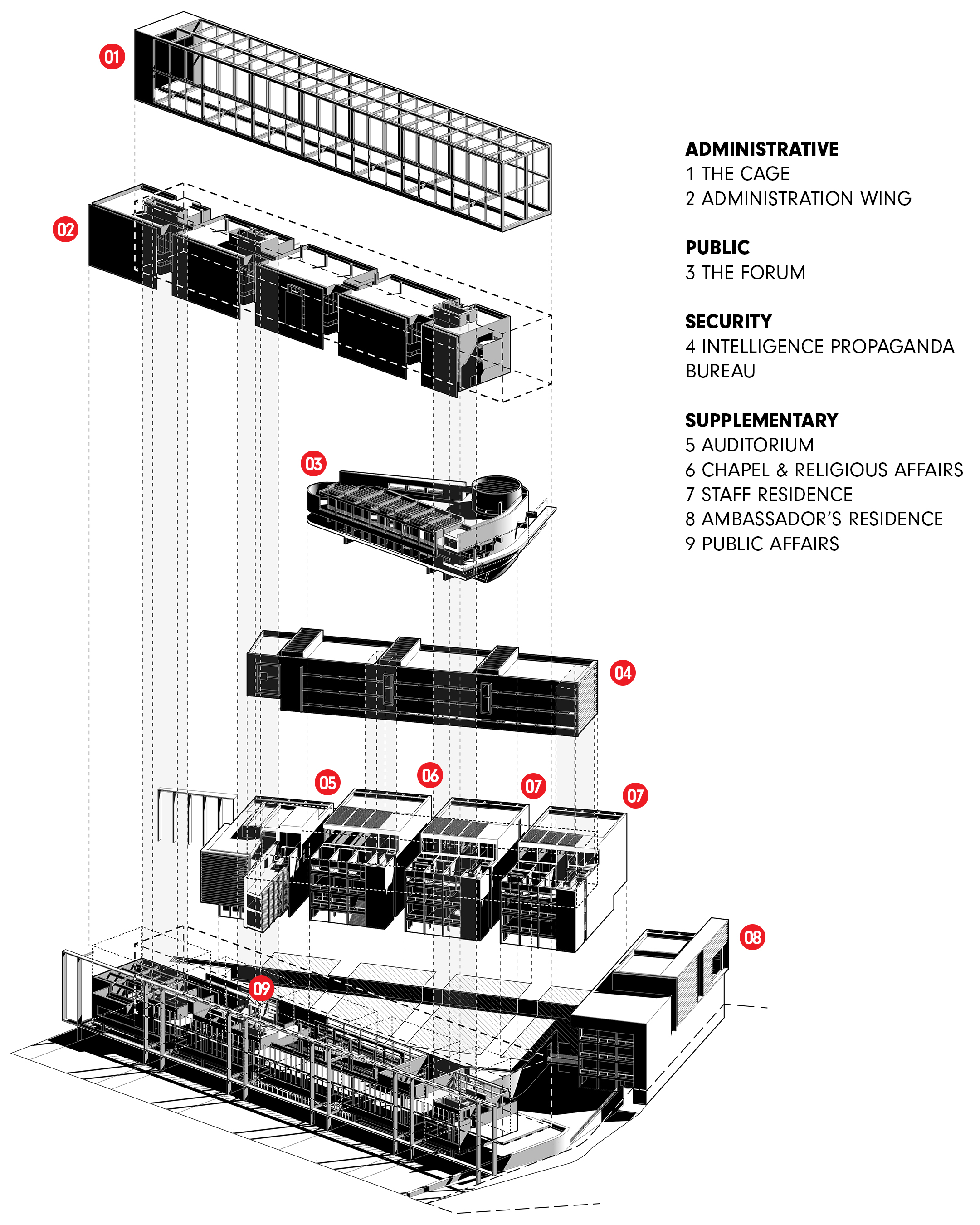
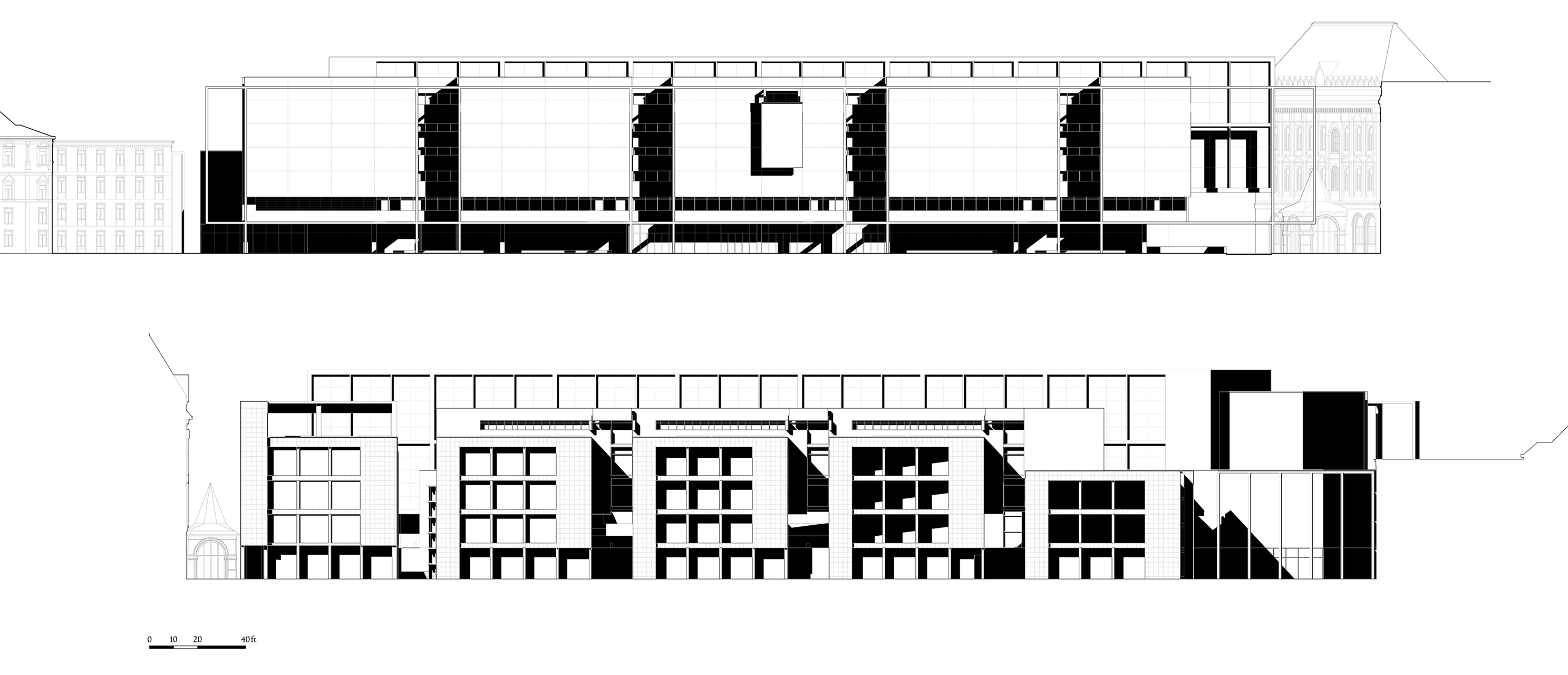
The northwest façade of the complexes faces a large open space with celebratory significance in Moscow. To further reinforce its presence in the city, the very front of the building ending the square features five simplistic marble plates.
The rear side of the complex acts as an extension of the existing urban fabric so does its façade. The façade bridges two adjacent buildings by creating the transition from one side slowly dissolving into the other, completing the street wall.
The rear side of the complex acts as an extension of the existing urban fabric so does its façade. The façade bridges two adjacent buildings by creating the transition from one side slowly dissolving into the other, completing the street wall.

© 2016